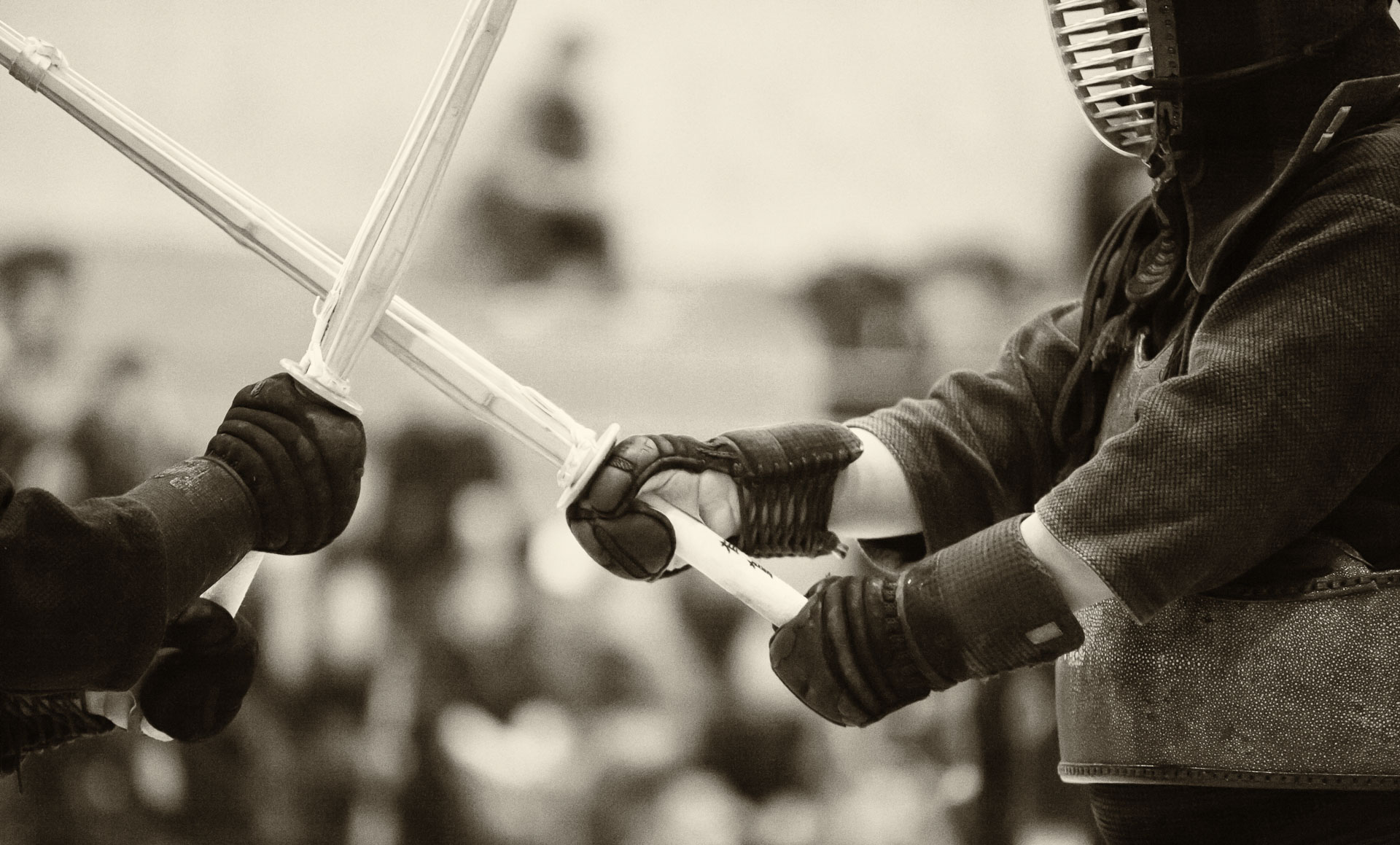
Last summer in Paris, I saw, almost by chance, the sculpture by Giuseppe Penone called “L’Arbre des voyelles”, or “The tree of vowels.” I wasn’t specifically planning on visiting it, but it was marked as a point of interest on Google Maps, and I was curious to see what it was. It is located in the Tuillleries garden, in the somewhat wilder and greener part of the park. As the name suggests, it’s a sculpture of a tree. It is incredibly realistic, despite being mage of bronze. As I later learned upon doing some reading, Penone used a 30-meter uprooted oak tree as a model, eventually casting it in bronze. The bronze tree looks like it really belongs in the garden. In fact, my first thought was that it could have been easily replaced by the original tree without any loss of artistic value. But then, of course, provoking this kind of thoughts was probably the artist’s intention.
Regarding the deeper meaning, when I was looking at the sculpture, I was focussed on the roots and completely missed the significance of the five branches. At the points where the branches touch the ground, there were planted five different species of oak trees. So the significance of the artwork (or at least one of the points it conveys) is to show the role of human creativity in the evolution of the environment.
Initially, I also didn’t understand the significance of the name of the sculpture, but reading about it later, learned that the roots apparently resemble the vowels A, E, I, O, U. Penone mentioned that he was inspired by the hypothetical alphabet of the druids. On the other hand, these letters are also associated with the famous sonnet “Voyelles,” written by Arthur Rimbaud in 1871. (I read it on the Internet, so it must be true!)
For what it’s worth, it’s a nice association. Here is the original sonnet:
Voyelles
A noir, E blanc, I rouge, U vert, O bleu: voyelles,
Je dirai quelque jour vos naissances latentes:
A, noir corset velu des mouches éclatantes
Qui bombinent autour des puanteurs cruelles,
Golfes d’ombre; E, candeurs des vapeurs et des tentes,
Lances des glaciers fiers, rois blancs, frissons d’ombelles;
I, pourpres, sang craché, rire des lèvres belles
Dans la colère ou les ivresses pénitentes;
U, cycles, vibrements divins des mers virides,
Paix des pâtis semés d’animaux, paix des rides
Que l’alchimie imprime aux grands fronts studieux;
O, suprême Clairon plein des strideurs étranges,
Silences traversés des Mondes et des Anges:
—O l’Oméga, rayon violet de Ses Yeux!
Here is a English translation by Oliver Bernard: (“Arthur Rimbaud, Collected Poems (1962)”):
Vowels
A Black, E white, I red, U green, O blue : vowels,
I shall tell, one day, of your mysterious origins:
A, black velvety jacket of brilliant flies
Which buzz around cruel smells,
Gulfs of shadow; E, whiteness of vapours and of tents,
Lances of proud glaciers, white kings, shivers of cow-parsley;
I, purples, spat blood, smile of beautiful lips In anger or in the raptures of penitence;
U, waves, divine shudderings of viridian seas,
The peace of pastures dotted with animals, the peace of the furrows
Which alchemy prints on broad studious foreheads;
O, sublime Trumpet full of strange piercing sounds,
Silences crossed by Worlds and by Angels:
O the Omega, the violet ray of Her Eyes!
And I also liked this translation into Russian by Nikolai Gumilev:
Гласные
А — черно, бело — Е, У — зелено, О — сине,
И — красно… Я хочу открыть рождение гласных.
А — траурный корсет под стаей мух ужасных,
Роящихся вокруг как в падали иль в тине,
Мир мрака; Е — покой тумана над пустыней,
Дрожание цветов, взлет ледников опасных.
И — пурпур, сгустком кровь, улыбка губ прекрасных
В их ярости иль в их безумье пред святыней.
У — дивные круги морей зеленоватых,
Луг, пестрый от зверья, покой морщин, измятых
Алхимией на лбах задумчивых людей.
О — звона медного глухое окончанье,
Кометой, ангелом пронзенное молчанье,
Омега, луч Её сиреневых очей.
















